New £1.5m underground super-bin scheme launches in Liverpool - what they look like and how they work
and live on Freeview channel 276
Liverpool’s – and the UK’s - first city-wide subterranean super-bin programme came into operation this week.
The underground waste receptacles will be rolled out over the next two years, with 90 sites – in densely built-up areas - identified for installation.
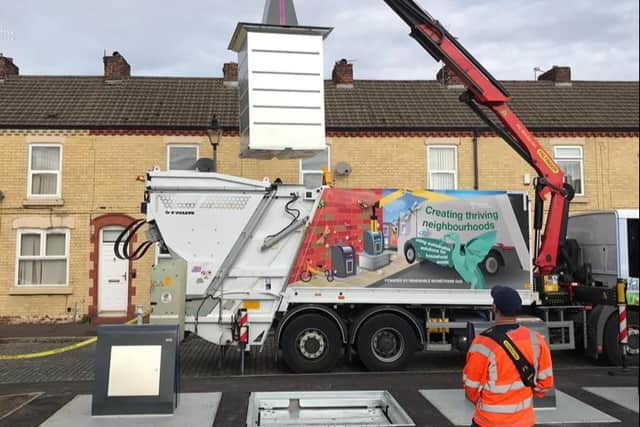

Advertisement
Hide AdAdvertisement
Hide AdThe bins are fully accessible to those with limited strength or mobility; some operated with foot pedals, others with ground-level mechanisms.
The £1.5m scheme has been designed to create a cleaner waste solution for 27,000 terraced households in hundreds of inner-city streets that don’t have space to use a wheelie bin.
‘Secure and clean’
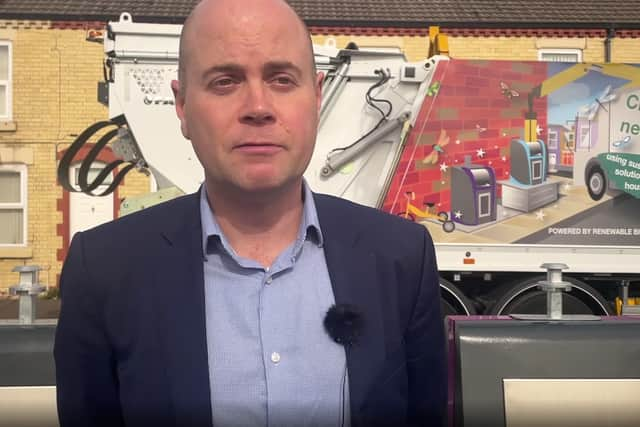

Councillor Liam Robinson, Cabinet Member for Neighbourhoods, said: “We are really hopeful that it’s going to have a positive impact moving away from those bag collections. All too often, we see bags getting ripped open and waste blowing all over the place. This will actually provide us with something that is much more secure and clean, and hopefully, we can address some of the kind of issues we’ve had with waste in the area.”
“We’re hoping this will give a really important boost because actually having somewhere that is safe and secure to dump your rubbish into will mean that people aren’t putting bags into the alleyway that get torn open by seagulls, cats, rats and all those kinds of issues that can create.”
How do they work?
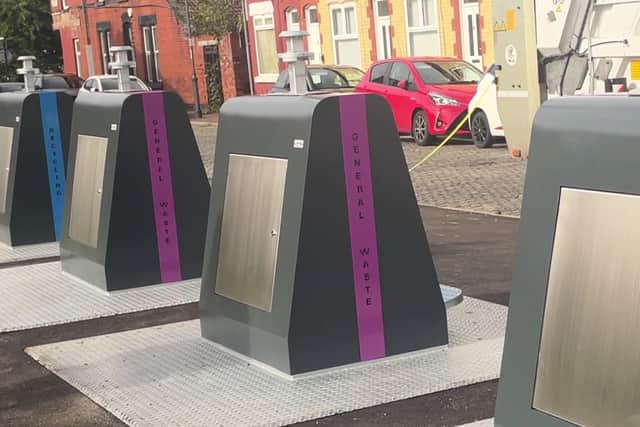

Advertisement
Hide AdAdvertisement
Hide AdThe super-bins come in a variety of sizes, the biggest being able to take up to 5,000 litres of waste, the equivalent to a week’s worth of refuse for 20 houses.
The underground system prevents a build up of litter and overflowing bins, removing problems such as rodents and bad smells.
A sensor notifies the council when a bin is full and a specialist lorry is sent to lift the container out of the ground with a hoist and empty it - the emptying and re-installation process should take less than 10 minutes.
The bins will be fully accessible to those with limited strength, or mobility, some operated with foot pedals, others with ground-level mechanisms. None of the bins will be operated by hand, a feature that also prevents the spreading of germs.
Advertisement
Hide AdAdvertisement
Hide AdCllr Robinson said: “While this is a first for Britain, it has been tried and tested in lots of other countries right around the world. So, there are very strict operating ways in which the bins can be raised out and emptied.
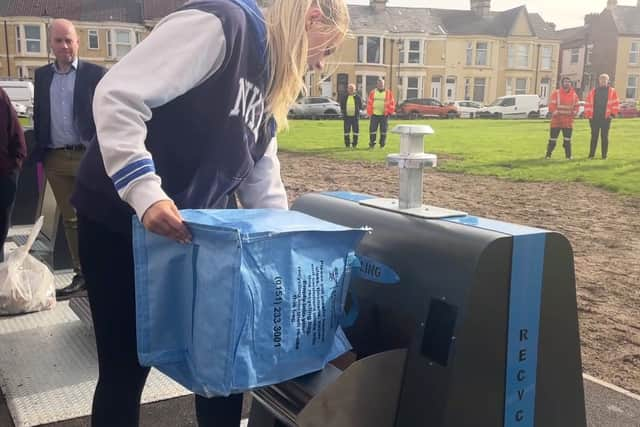

“Also, because of the way the bin is made, there are sensors, so if anything ends up in there that shouldn’t be in there, we will know about it and address it.
“Equally, they’re airtight to make sure that the fire risk is eliminated. A lot of work has gone in to make sure these are safe and secure for our local area.”
Black bin bag waste has been identified as one of the contributory factors in the city having a litter problem three times the national average. The council recently partnered with Keep Britain Tidy to reduce those levels and help clean up the city.
What do the residents say?
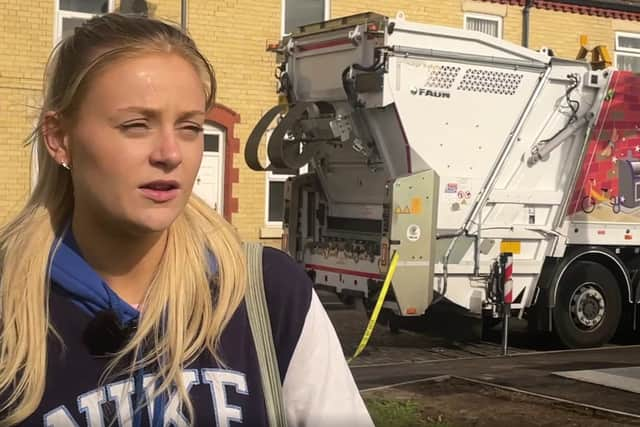

Advertisement
Hide AdAdvertisement
Hide AdHolly, originally from Manchester, has been studying in the city for the past three years. She lives in Kensington, where the first bins have been installed.
She said: “I think it will definitely make it a lot cleaner with less litter, hopefully. They are quite easy to use; you don’t even need to put your hands on them; you use your foot, drop it in, and go. Whereas before, especially if you had big heavy bags, you had to lift them quite high, it’s quite difficult sometimes.”
The city council, which spends £9.5m a year collecting and recycling refuse, estimates that this new approach will reduce the issue of ripped black bin bags spilling out onto streets and blighting neighbourhoods.
Where will the bins be located?
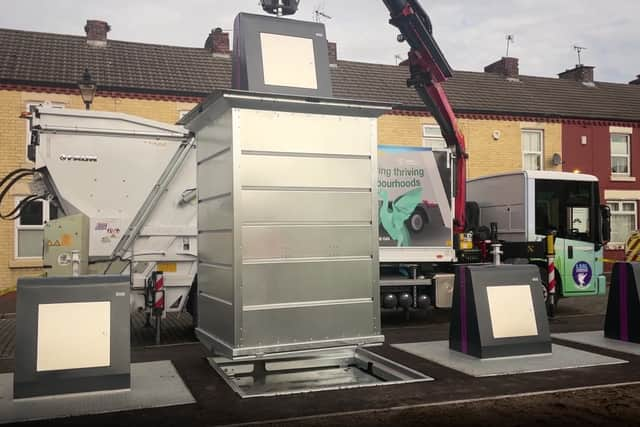

Earlier this year, the council announced the first 12 sites in the first phase of the two-year roll-out for 90 underground bins. The locations are:
- Hayfield Street, Walton
- Empress Road, Kensington
- Leopold Road, Kensington
- Saxony Road, Kensington
- Battenberg Road, Kensington
- Arundel Street, Walton
- Maria Road, Walton
- Selina Road, Walton
- Toft Street, Kensington
- Moss Grove, Toxteth
- Silverdale Avenue, Tuebrook
Comment Guidelines
National World encourages reader discussion on our stories. User feedback, insights and back-and-forth exchanges add a rich layer of context to reporting. Please review our Community Guidelines before commenting.
